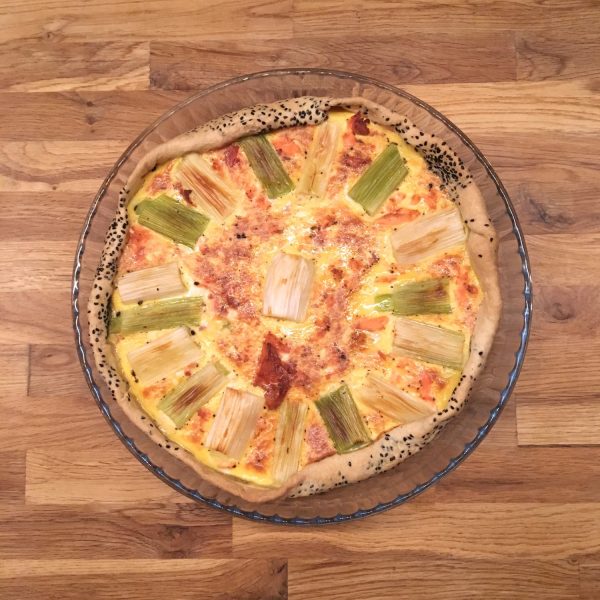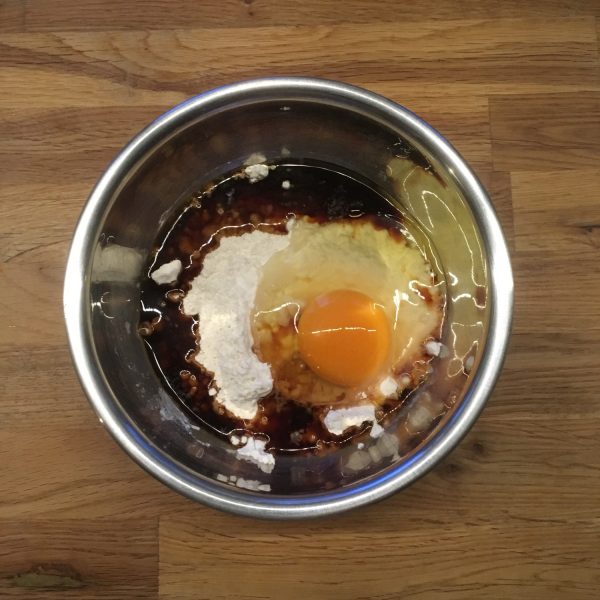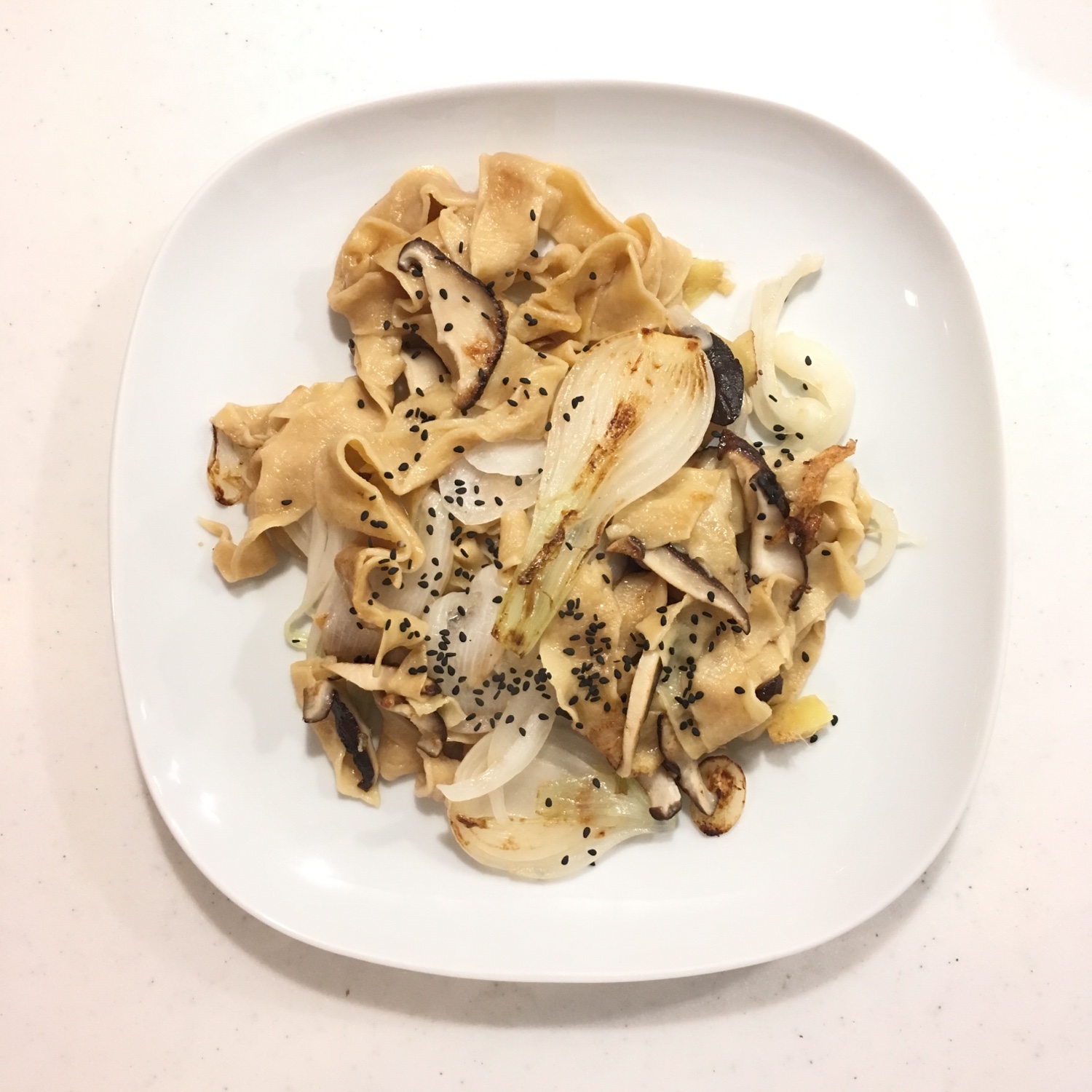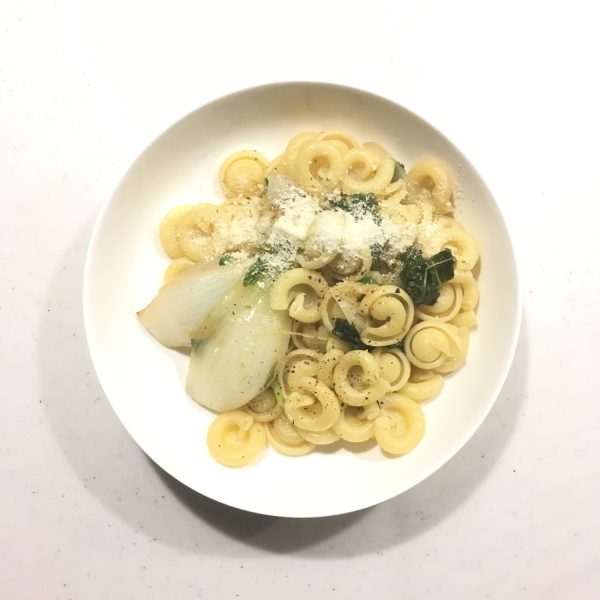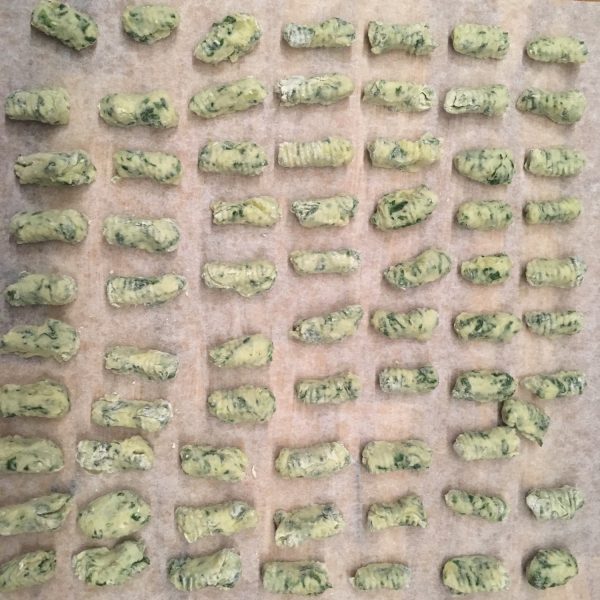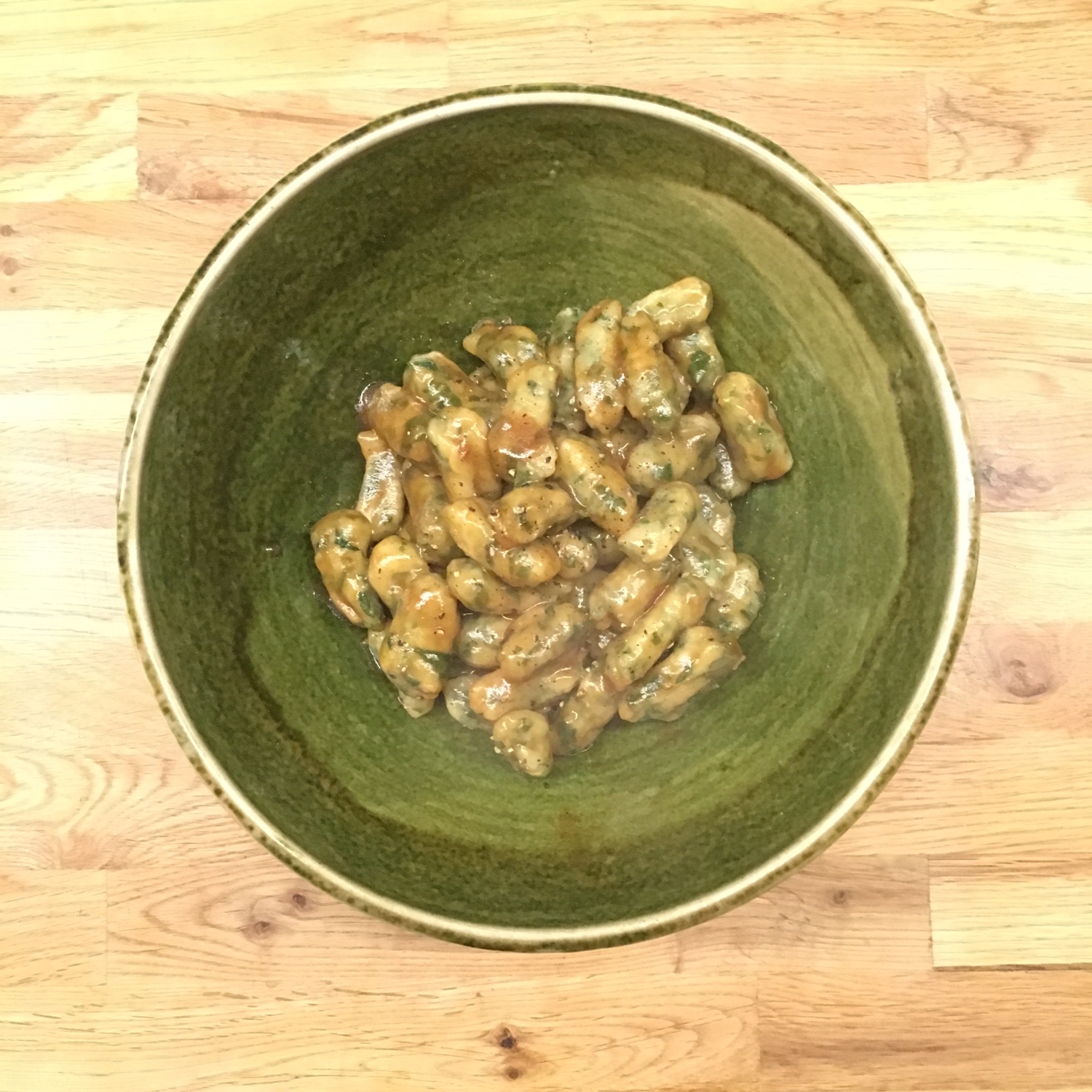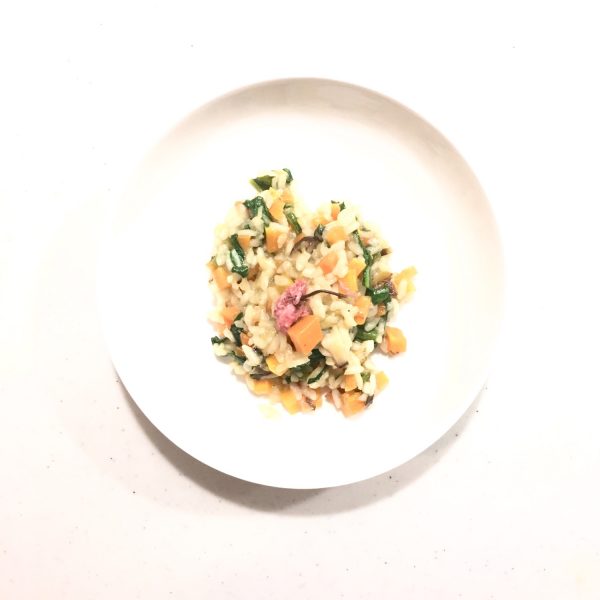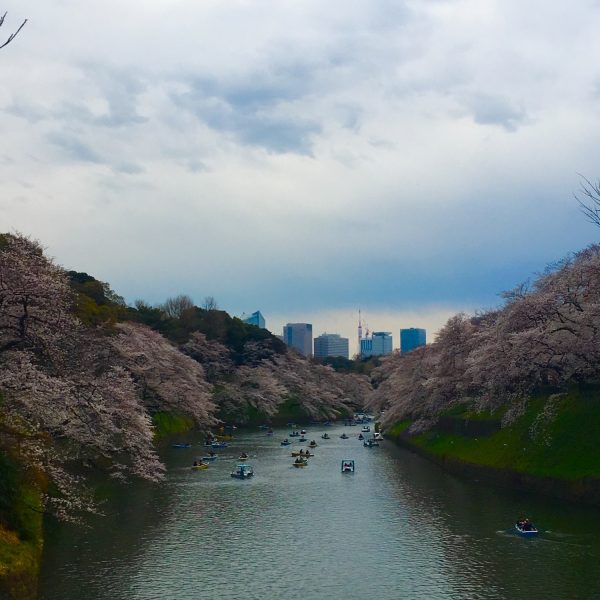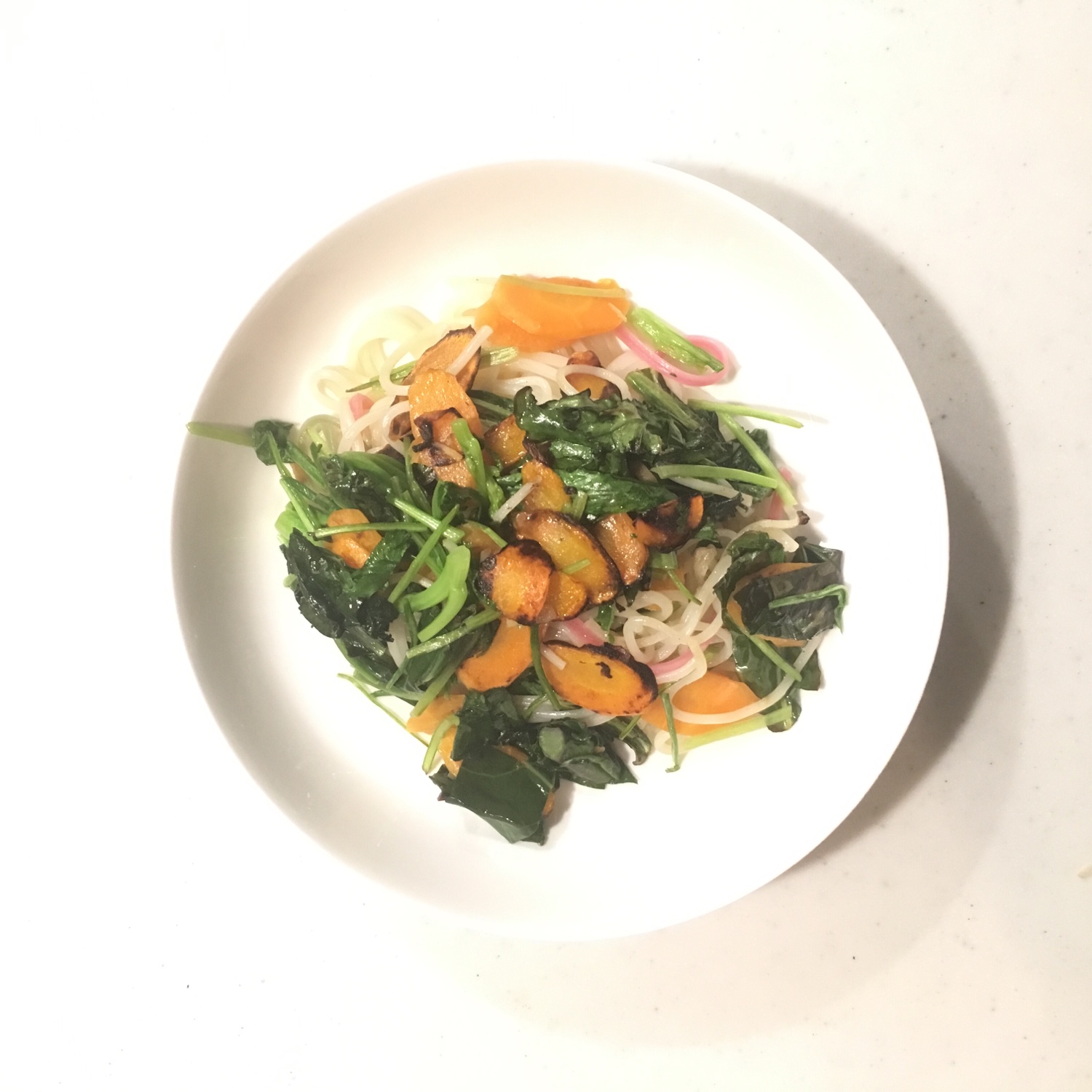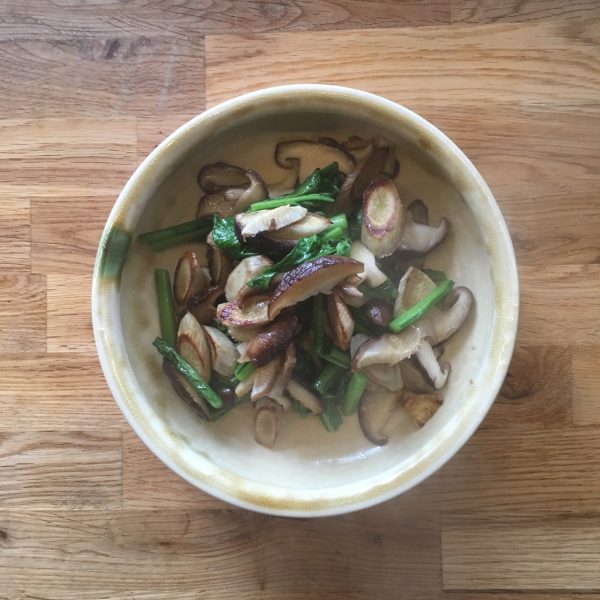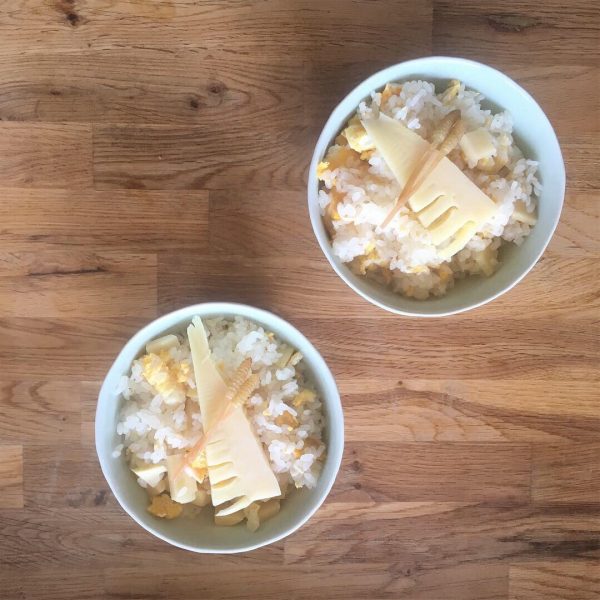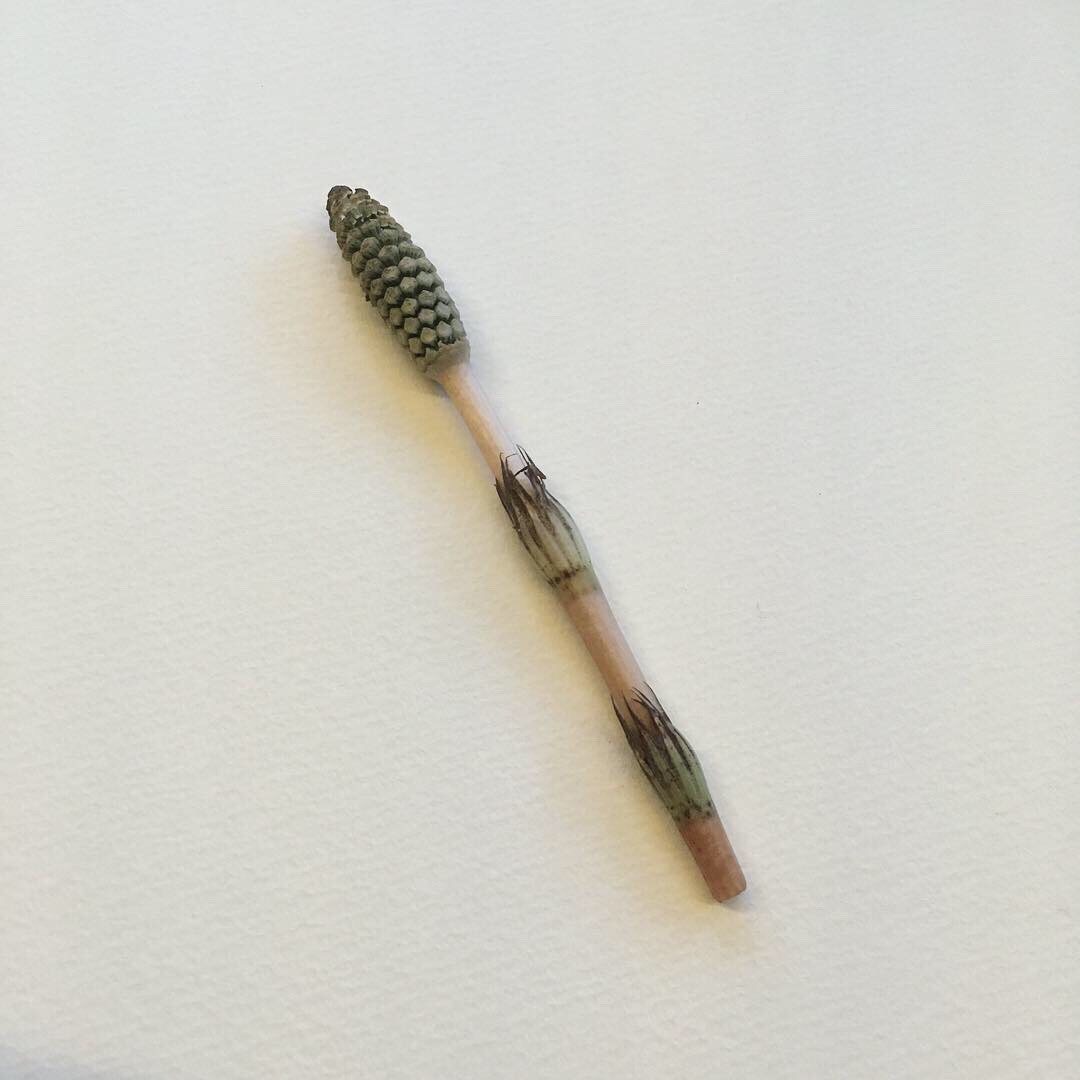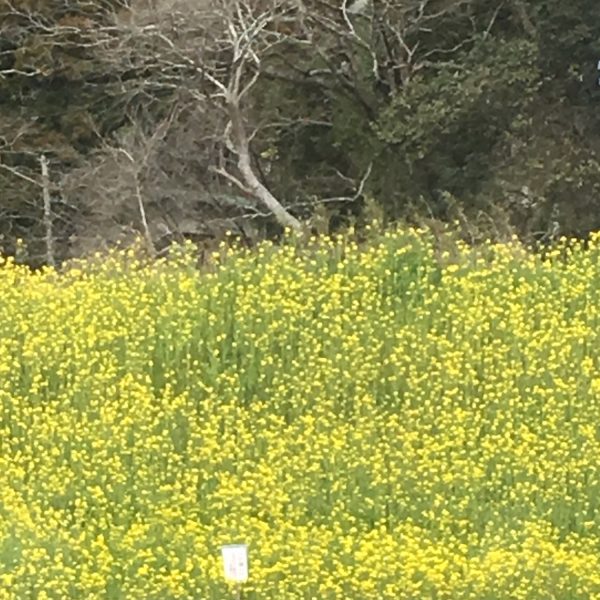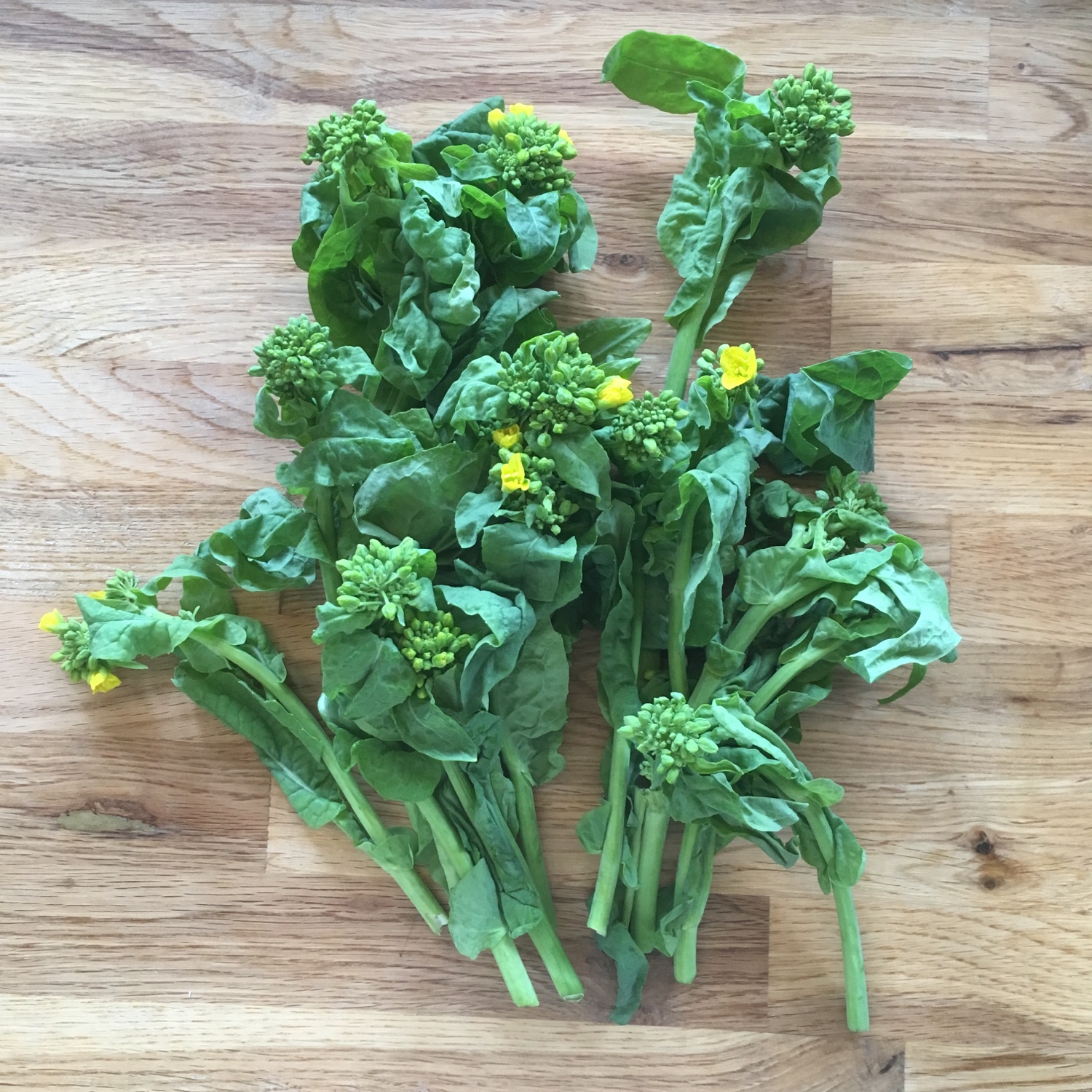As I was writing last time, it’s just the peak season for sakura viewing. And therefore I thought of using sakura flowers in some recipes again. The classic would be sakura rice or sakura rice balls, but since my parents are staying with us and my dad was crying for a risotto, in remembrance of the first risotto: porcini risotto, I cooked when I was still in high school… So to please him a risotto I cooked, with carrots, a few shiitake and leeks for the base, some turnip tops for the green, and a sakura broth as seen below. Given how quick the plates were wiped, I guess everyone liked it!!! So here is my recipe (below the picture)
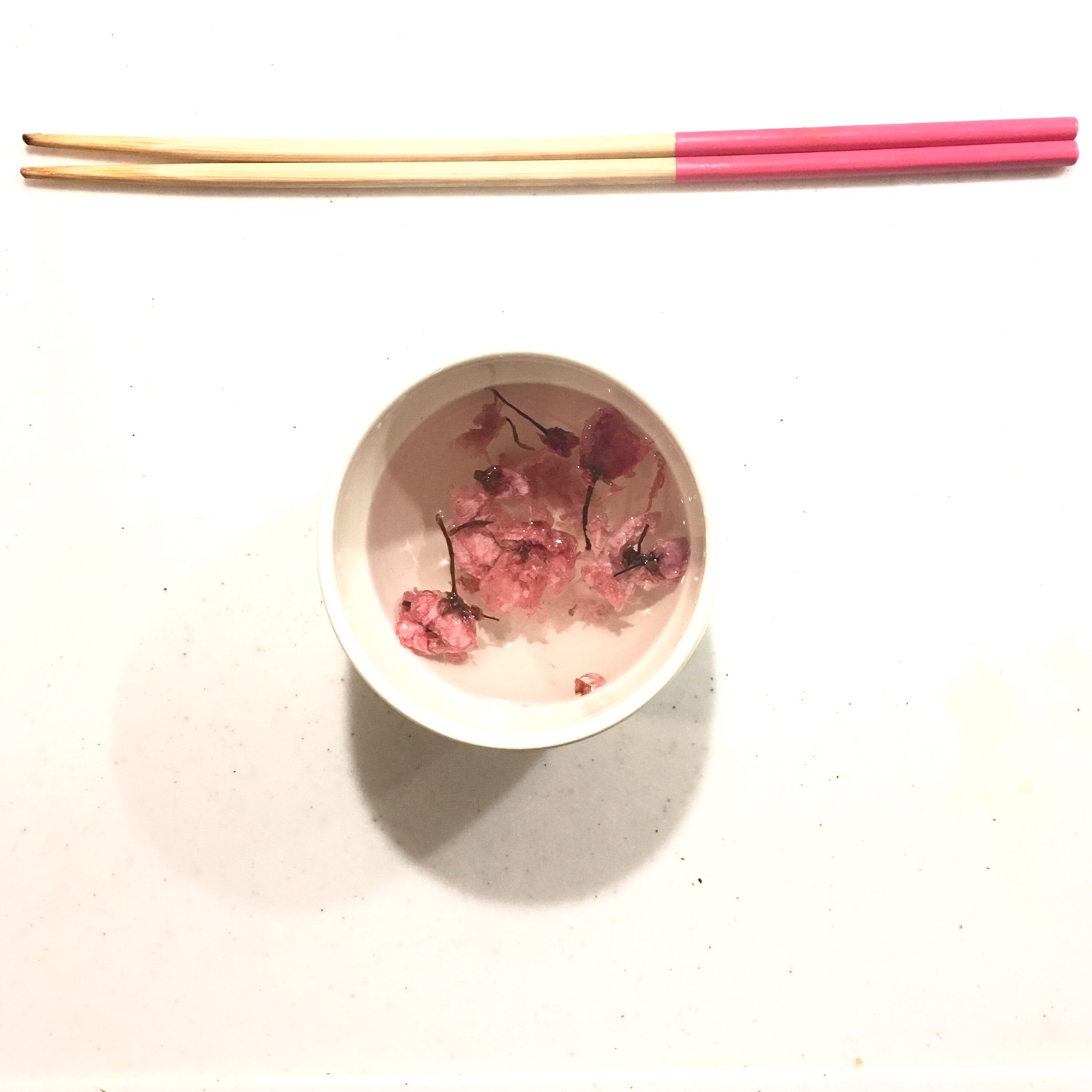
Sakura risotto (4 servings)
– 1 cup of rice, either Japanese or Italian
– 2 or 4 new carrots depending on size, mine were big so I used 2
– 2 small leeks
– 2 shiitake
– 12 sakura flowers in dry salt
– olive oil (not too fruity)
– 10 pink pepper seeds
– a bit of ground pepper
Start with the base: wash and cut the leeks and the shiitake in small pieces. In a heated pan add some olive oil and the vegetables and stir once in a while until slightly golden.
In a cup put the sakura flowers in salt and fill the cup with water to make the broth.
Wash and dice the carrots, add to the vegetables in the pan, and add the rice, roast for some time. Add the sakura broth and cook at low heat until the water is almost gone. Add then 3-4 cups of water, the pink pepper, some ground pepper, 8 of the sakura flowers. Cook at low heat. When the water is almost gone add the turnip tops cut in 2cm long pieces. Cook and stir until all the water is gone, but the whole thing is still moist. Serve immediately and use the remaining flowers to dress the plates.
